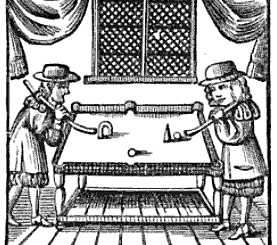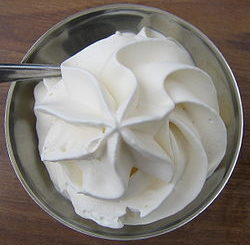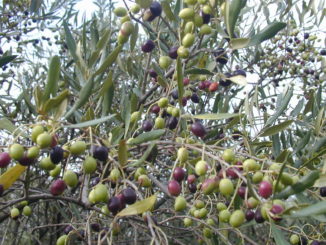
Massage, in some form or another, has been practiced since the dawn of human civilization. Physical touch with the aim to comfort, heal, or sooth physical or emotional pain is common to all civilizations and throughout history each many cultures have developed their own distinct methods of massage or manual therapy. The earliest written records of massage in a medicinal or therapeutic capacity come from the ancient civilizations of India and China. Massage is included in the ancient Hindu medical writings of India, the Ayurveda, which describes methods that are still in practice today. The Yellow Emperor’s Classic of Internal Medicine or Huangdi Neijing, the basis for traditional Chinese medicine, which dates from the 1st or 2nd century BC, recommends massage among its treatments. Apparently, ancient Egyptian tomb paintings depicting massage have also been discovered. The classical Greek physician Hippocrates, widely considered to be the “father of Western medicine”, was a great proponent of massage as was the Roman Emperor Julius Caesar, who benefitted from daily massages to treat his chronic headaches.
In 16th century France massage practices became more widespread due their use by royal court physician Ambroise Pare. In the 1700s a very old and classic Chinese text on massage called the Cong-Fu of the Toa-Tse was translated and published in French. Much of the main basic terminology still used today in massage pedagogy is French in origin (massage, petrissage, effleurage, etc.).
“Swedish Massage”
The most common and popular form of massage therapy in the West is often referred to as Swedish massage, or classic massage. Many of the techniques used in classic or Swedish massage are similar or analogous to the techniques developed and used during the 1800s by the Swedish doctor Per Henrik Ling, who incorporated massage into his medicinal gymnastics regimen, which would also become the basis for physical therapy. Ling borrowed techniques from Chinese massage, which he learned from his friend Ming, a practitioner of martial arts and the traditional Chinese practice of manipulative therapy called tui na. In 1813 Ling founded the Kungliga Gymnastiska Centralinstitutet, or the Royal Central Institute for Gymnastics in Stockholm, a center of higher learning for the education of physiotherapists. As far as strict classic massage as a separate discipline in itself is concerned, the development and application of the French terms can be credited to Dutch massage practitioner Johan Georg Mezger (1838-1909). Mezger compiled the system of strokes used in classic massage that are still employed today. So what is commonly known today as “Swedish massage” was actually developed by a Dutchman, though his terminology was employed and popularized by the Swede Per Henrik Ling.
Today massage therapy is more popular than ever. Varieties of massage practices from around the world are available, offering a wide array of therapies, benefits and experiences. Traditional manual therapies from the East such as Ayurvedic massage from India (including the renowned Indian head massage), Japanese Shaitsu, Tui Nua from China and the popular Thai or “Thai Yoga” massage from Thailand are becoming more and more common in locations throughout the world, while modern Western styles continue to develop and diversify, incorporating a range of relaxation and wellness-themed treatments as well as medicinally-based body therapies. Sports massage, Bowen Technique, Rolfing and manual lymphatic drainage are just a few examples of the latter. It seems that in these times of advanced technology and medical science, mankind is still looking to traditional methods involving natural, manual therapy as these techniques continue to evolve, branch out and specialize to meet humanity’s ongoing need for touch based healing and care.
Proudly WWW.PONIREVO.COM
Source by Joe Vassilliou



